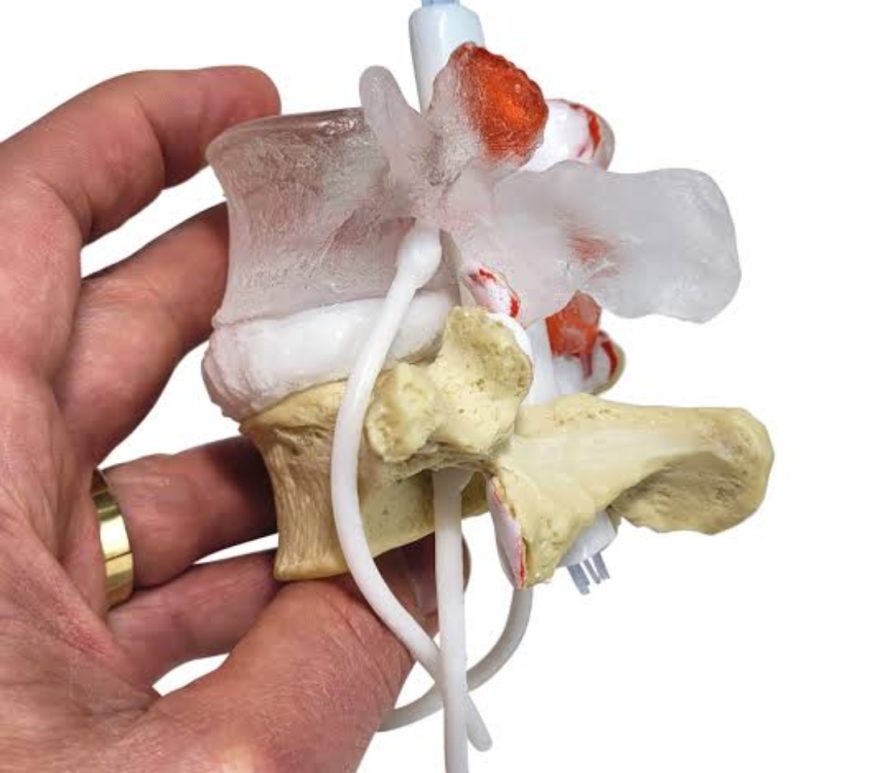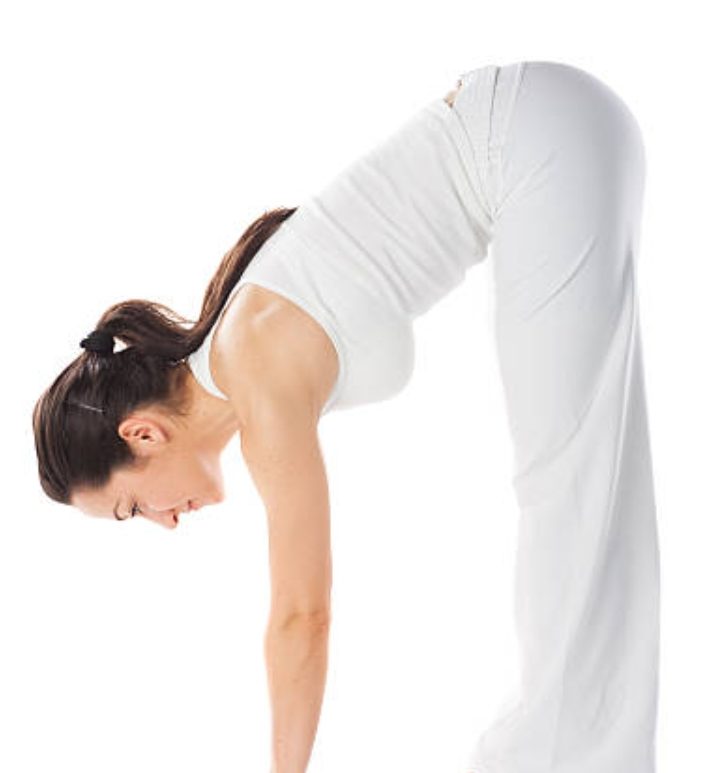
Discogenic back pain: part 2
Some discogenic pains cannot be cured. The following low back pain subgroups have been proposed: Mechanically reducible discogenic back pain is defined as pain that responds to mechanical loading methods. However, patients who are insensitive to mechanical loading procedures are referred to as having nonreducible discogenic back pain. Non-reducible discogenic pain (NRDP) is classified as follows: some ruptured outer annulus wall with or without radiculopathy. … Continue reading Discogenic back pain: part 2
